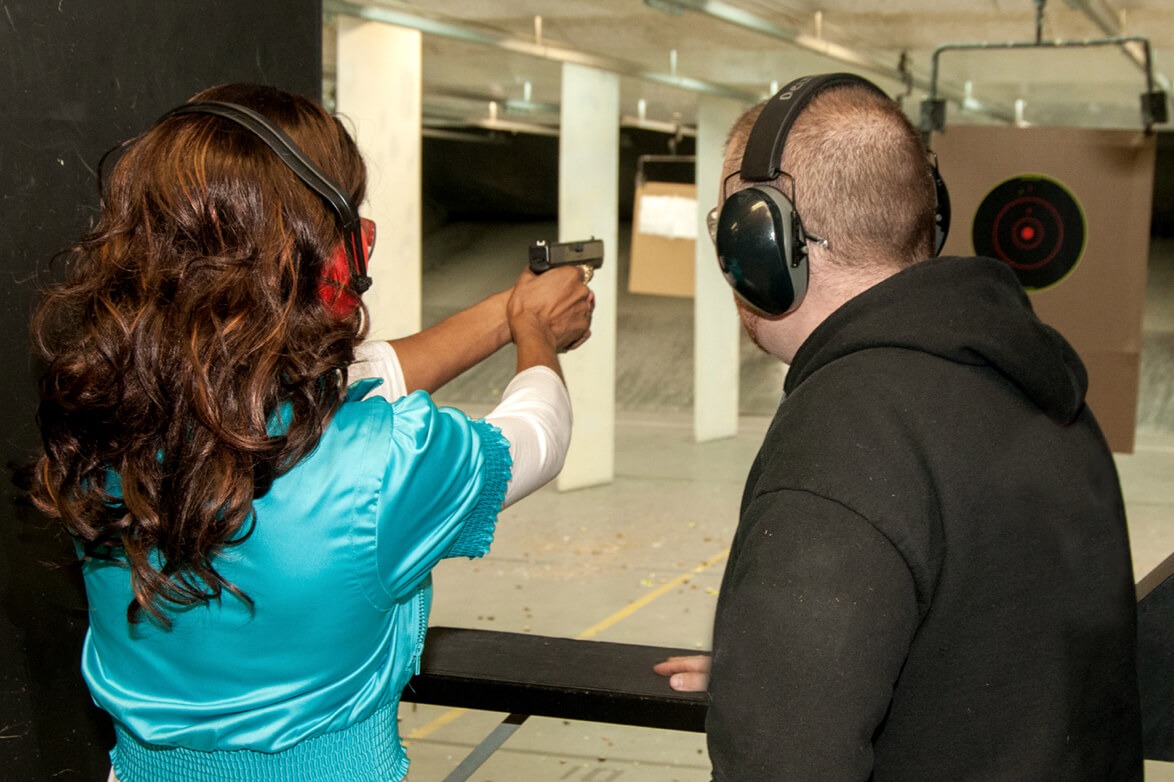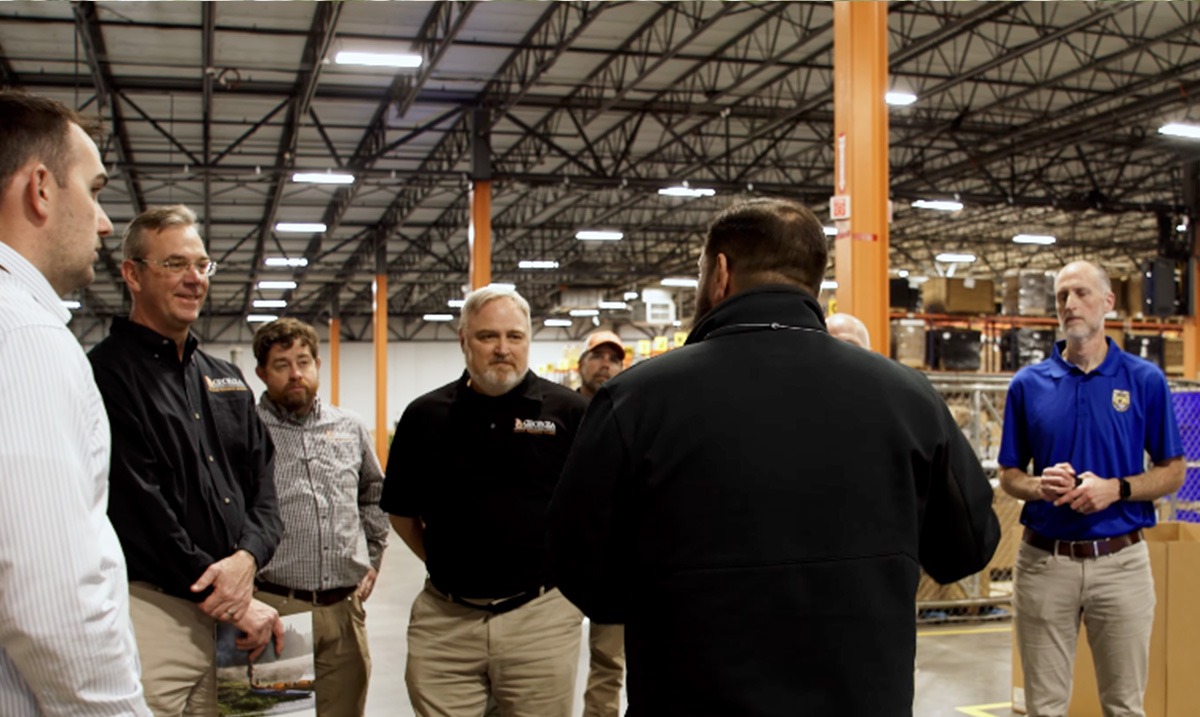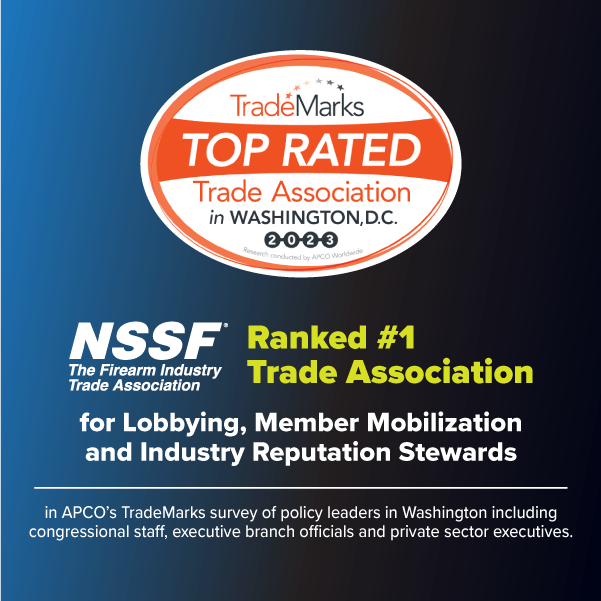 Back to News
Back to News
March 24, 2015
In-Store Firearm Carry — Much More than a Belt and Holster
Let’s say that you, as a firearms retail store owner, have made the decision to allow your staff to carry while at work. Before everyone straps on a holster, the next steps you need to take are to develop an in-store carry policy, put it in writing and have your employees trained in the protocol you’ve developed.
Creating the Right Policy
Many of us, maybe even most reading this, have been through some type of formal, basic firearm safety program. It could have been through the Boy Scouts, in a hunter education class or in any of the safety and instructional classes offered by the National Rifle Association. One thing taught in most every firearm safety program is don’t leave loaded firearms unattended — and that’s an excellent first topic for your in-store carry policy to address.
I’ve seen firearms in store-front FFLs sitting on the counter next to the register, on a desk next to the firearms counter, on a shelf in the stock room next to the sales floor, under the firearms counter, on the gun rack behind the counter — the list goes on. I’ve seen them lying on the car floors of FFL-holders and under couch cushions and on chairs in home-based FFL businesses. Let me emphasize: these were all loaded and unattended firearms in open-for-business FFLs.
I am all for being prepared and having a loaded firearm for personal protection, the same attitude you’ve likely adopted if you’ve chosen to allow open carry by your employees in your store. But the key, here, is that carry should be on the person, not sitting on a shelf. Think about this:
- If I can’t get to my loaded firearm when I need it, what good is it?
- Am I telegraphing the availability of a loaded firearm to any person with ill intent by leaving a loaded firearm unsecured?
- Am I potentially escalating a crime about to occur by leaving a loaded firearm where the criminal can get to it before I can?
Your answers to these questions should reveal that leaving a gun stored someplace other than on your or your employees’ person can be an inconvenience at best and a true problem at its worst.
Concealed or Open Carry?
Let’s assume, now, that your policy is for your employees to carry their personal firearms on their person. Should they be concealed or positioned in open carry? There are arguments for both, of course. Open carry, for instance, makes it very obvious to anyone walking through your store door that they are, for want of a better term, outgunned and thus, deter them from whatever criminal intent they walked in with. Concealed carry, on the other hand, can give you or an employee the advantage of the element of surprise in the event of a life-threatening situation.
Is Your Staff Ready for a Call of Duty?

Regardless how you permit or mandate your staff to carry when they’re on the job, the really big question you need to be asking yourself is are those firearms a) just for show and to serve as a deterrent; b) allowed because you feel those with concealed carry permits should be allowed to carry wherever they go; or c) you expect the staff members who carry to actually be able to handle a life-threatening situation should one occur?
This last one is, if you’ll pardon the pun, the loaded question and it’s one that produces dozens more. The question should undoubtedly be, have the staff members who’ve been permitted to carry on the job had any training in handling a life-threatening situation? I’m not just talking taking the class required to obtain their CCW permit, I’m talking prior law enforcement or military training or the classes offered by instructors like Rob Pincus and his I.C.E. program, Gunsite Academy and others that provide advanced training far beyond the basics of drawing from a holster and firing at some stationary targets. If you require some sort of advanced training, do you require your employees to attend follow-up courses? Are your staff members avid, regular shooters who practice consistently and attend IDPA, IPSC or 3-Gun competitions?
These things in and of themselves do not guarantee that any person can handle a life-threatening situation properly, but it is safe to say that the more education and participation in the shooting sports one has the better, not just when it comes to general gun handling skills, but in observing a life-threatening situation for things such as customers in the way of a line of fire that would stop a criminal action or a store layout that puts employees at a disadvantage to defend themselves. In-store violent crimes, just as it is with a home invasion — would count as some of the most stressful anyone of any training level could ever come across, just ask anyone who’s ever worn a badge and driven a squad car. So while you wouldn’t expect your staff to have the training of a U.S Navy SEAL or a S.W.A.T. sniper, you do want to trust that those who carry have a level head, have studied what can happen in various violent situations, and regularly discuss with you and other employees how to handle different scenarios.
So far we’ve talked about employees handling a potentially violent or life-threatening in-store crime, i.e., an armed criminal. But what do you expect of your armed employees when it comes to things like shoplifting or even handling an escalating dispute between customers?
There are several avenues to explore in setting the policy for your in-store firearms carry by staff and in the policy for the potential use of those firearms.
- Have a conference and even a class with local law enforcement that covers
- Identifying suspicious criminal behavior
- Local, state and federal laws that involve when and where a firearm may be drawn and explain when lethal force is warranted (for instance, is it legal for your staff to prevent a theft of goods with a firearm, or is the use of lethal force permitted only to defend a likewise lethal force).
- Tips such as where to conceal a gun within the store for access in an emergency (such as a quick-access safe hidden in a counter or on a store room shelf), ways to improve employees’ view of the store floor from behind the counter, and alterations to display layouts and counter positioning that can decrease the likelihood of criminal activity taking place and increase its discovery if it does happen.
- A plan of action and movement (do you have a safe room?) for both staff and customers should a crime take place during store hours.
- Contact a lawyer specializing in defending the legal use of lethal force in your state and work with them in the formulation of both your written in-store carry policy, including recommended training and ammunition recommendations and limitations — Should you allow hollowpoints? Is frangible ammunition appropriate? — for your employees while they are carrying in your store. Your attorney should also help you formulate a plan for handling the after-effects of a violent crime:
- Dealing with law enforcement
- Handling the media
- Counseling for staff members and even customers involved
- Consult with your insurance agent and review your store’s policy carefully with them, making sure you understand exactly what actions are covered and what liability you may incur if you or your staff use lethal force to stop a violent crime from taking place or escalating. You may also want to go over the health insurance policies for you and your staff and review how workman’s comp is handled in your state so that you are prepared to deal with adjusters and agents in the aftermath of a lethal force event.
Unlike banks and convenience stores, firearm retail establishments are not high on the list of targets for a criminal to hit when a business is open. Still, anything can happen. If you’ve decided that a critical part of your crime deterrent policy is to have your employees carry in the store during business hours, do so with the same mindset you would in carrying for your own personal protection — educate, train, have a plan for dealing with the aftermath of a lethal-force situation and keep the discussion and flow of information open between you and your employees.
You may also be interested in: Concealed Carry Permit Holders Are Making America Safer and Citizens More Self-Reliant
About the Author
 Bill Napier is a member of NSSF’s retail compliance consultant team. He has more than 30 years experience in retail loss prevention, passionately serving others in leadership roles such as site manager, corporate manager and director. Businesses have included small and growing retail chains as well as a Fortune 1000 company. For more than 18 of those 30 years, Napier has been in the retail outdoor arena with responsibility for ATF compliance and firearms related investigations. He often serves as a guest speaker at NSSF’s SHOT Show, as well as at gatherings of the National Retail Federation (NRF), Retail Industry Leaders Association (RILA), Retail Technology (RETECH), ASIS International and The Loss Prevention Foundation, and he has spent more than 20 years in municipal law enforcement as a uniformed patrol officer, detective and supervisor. Additionally, Napier has been a state-certified law enforcement instructor and he serves as a Hunter Education instructor in Nebraska, on the ASIS Retail Loss Prevention Council, is a member of the Subject Matter Expert Committee and serves on the board of directors for The Loss Prevention Foundation.
Bill Napier is a member of NSSF’s retail compliance consultant team. He has more than 30 years experience in retail loss prevention, passionately serving others in leadership roles such as site manager, corporate manager and director. Businesses have included small and growing retail chains as well as a Fortune 1000 company. For more than 18 of those 30 years, Napier has been in the retail outdoor arena with responsibility for ATF compliance and firearms related investigations. He often serves as a guest speaker at NSSF’s SHOT Show, as well as at gatherings of the National Retail Federation (NRF), Retail Industry Leaders Association (RILA), Retail Technology (RETECH), ASIS International and The Loss Prevention Foundation, and he has spent more than 20 years in municipal law enforcement as a uniformed patrol officer, detective and supervisor. Additionally, Napier has been a state-certified law enforcement instructor and he serves as a Hunter Education instructor in Nebraska, on the ASIS Retail Loss Prevention Council, is a member of the Subject Matter Expert Committee and serves on the board of directors for The Loss Prevention Foundation.









